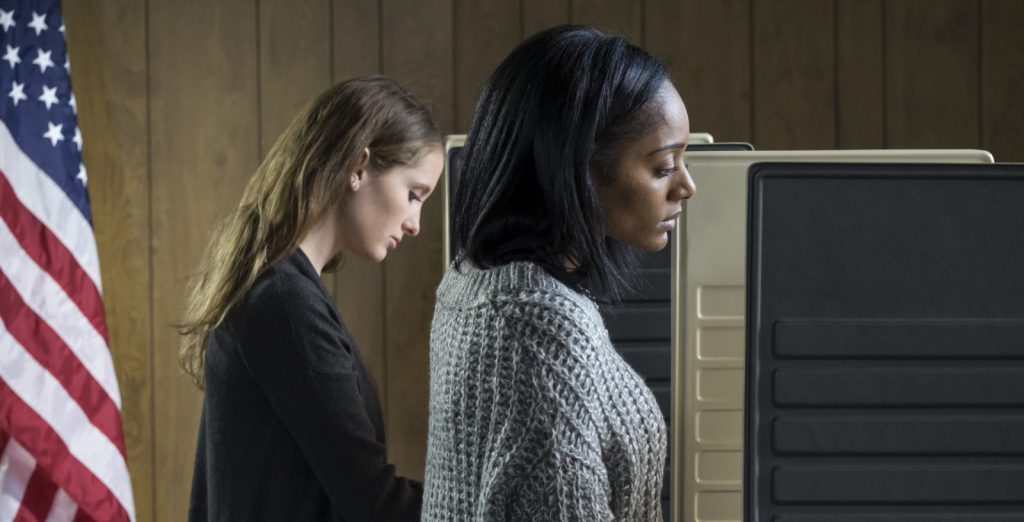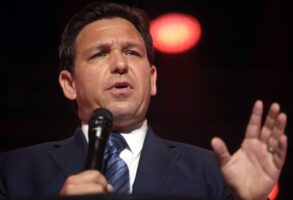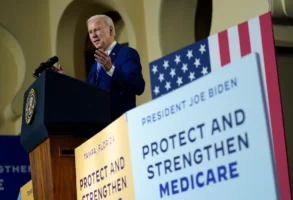
Published May 28, 2018
Republicans are rightly concerned about their poor standing with so-called millennials—voters in the 18-to-34 range. This cohort voted overwhelmingly for the Democratic presidential candidate in each of the last two races, supporting President Obama by a 23-point margin and Hillary Clinton by 19 points. But Republican political consultants aiming to build bridges are misunderstanding millennial dislike of Republicans. Millennials don’t give Democrats large majorities because of that party’s social liberalism and multiculturalism; they vote for Democrats because they are, in substantial numbers, racial minorities.
This may strike many readers as news, since evidence suggests that millennials are especially liberal on social issues. Ben Shapiro and Kristen Soltis Anderson make that case in recent articles on the GOP’s millennial problem. They aren’t wrong: this is the most socially liberal generation in American history, and the least religious. A party identified with evangelical Christianity and social conservatism would understandably fare poorly among such voters.
Yet exit polls from the last two elections breaking down, by race, the core millennial voting group—those between 18- and 29-years old—suggest that the values divide has much less effect on voting behavior than commonly believed. If social liberalism and secularism were the primary reasons that millennials supported Democrats, then we should see large differences between millennial voting patterns and those of older voters of each race. We do not.
The “millennial gap”—that is, the difference in GOP support between millennial and older voters of each race or ethnic category—is actually rather small. In 2012, white millennials gave Mitt Romney 51 percent of their votes, compared with about 60 percent of older whites; in 2016, they gave Donald Trump 47 percent, compared with about 59 percent of older whites. Trump beat Clinton among these white millennials. The millennial gap is troubling, to be sure, but in each election, white millennials voted for the Republican candidate.
The reason that millennials vote so strongly for Democrats is because non-white voters make up a larger share of voters in that age group than in any other. In 2012, the exit poll estimates that whites were a mere 58 percent of 18-to-29-year-old voters. In 2016, that share increased to 63 percent, because African-American turnout declined slightly with Obama’s absence from the ticket. By comparison, the exit poll estimated that whites were 72 percent of the total electorate in 2012 and 71 percent in 2016.
The “millennial gap” is nearly nonexistent among non-white millennials. Latino voters aged 18 to 29 gave Obama 74 percent of the vote, compared with about 68 percent among older Latinos, while African-American millennials were slightly less Democratic than their older peers, giving Obama 91 percent, compared with older blacks’ 93 percent. Young Latinos gave Clinton 68 percent, compared with older Latinos’ 65 percent, while again younger blacks were less Democratic than older blacks, giving Clinton 85 percent, compared with about 90 percent among older blacks.
Despite the small or nonexistent millennial gap among non-white 18-29-year-olds, however, the sheer size of that group within the larger 18-29-year-old cohort meant that in each election, millennials voted overwhelmingly for the Democrats. But note that this would be true even if millennials voted exactly like their elders—all non-white age groups vote overwhelmingly for Democrats. The GOP would still lose millennials by large margins, even if millennial support for Republicans rose to the same levels as pertain among older voters. It stands to reason, then, that the GOP problem with millennial voters has less to do with social liberalism than with Republicans’ overall poor standing among non-white voters.
Some white millennials clearly do vote Democratic because they don’t like Republican social-issue stances. But without more analysis, it’s hard to say how many of those voters there really are. Many socially liberal millennials are also liberal on a host of other issues. It might be that if one removes this barrier to voting Republican, one will only find other obstacles that would prevent these voters from supporting Republicans.
How the Republican Party can appeal to the supposedly disaffected millennials is an open question. Evangelical Christians make up nearly half of the party’s electoral base, and their backing is contingent on the GOP’s social conservatism and support for religion. Removing that barrier for younger, largely white millennials would erect a new barrier between the party and these loyal voters. The same is true on hot-button issues like immigration or the environment, where a large split remains between disaffected millennial opinion and views shared by large numbers of Republicans. It’s difficult to see how these chasms can be bridged without redefining the party’s core identity in more comprehensive ways that allow both current and potential Republicans to see the party as a new political home.
Ironically, the president whom millennials are said to detest, Donald Trump, is engaged in this very effort. Trump’s GOP, on its best days, is less about business-friendly policies and wealth preservation than about using government sparingly but effectively to restore the American Dream. A party focused on that objective will do much better with non-whites, and therefore with millennials. Such a focus would also allow evangelicals, whose views on economics are more centrist than the party’s other blocs, to remain Republican even as new, younger voters deemphasize the party’s social conservatism.
Republicans who want to modernize their party rightly point to the GOP’s weakness among millennials as a target area for improvement. But the prescription will only work if the diagnosis is correct. Focusing more on improving the party’s appeal to non-whites, and less on wooing white college graduates, is the right strategy.




